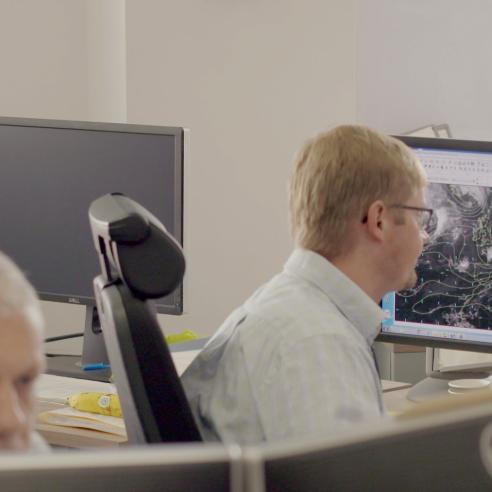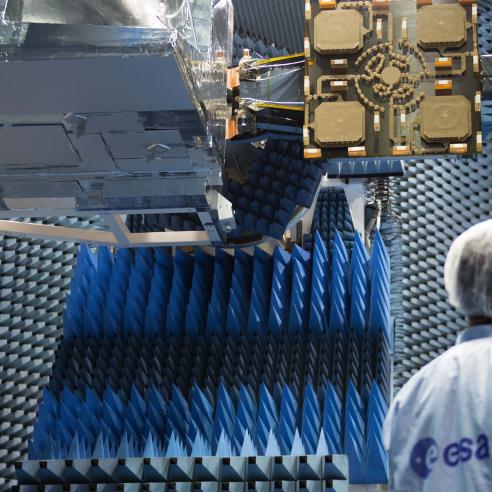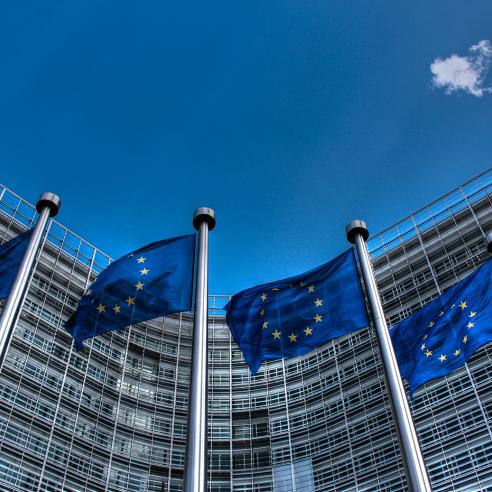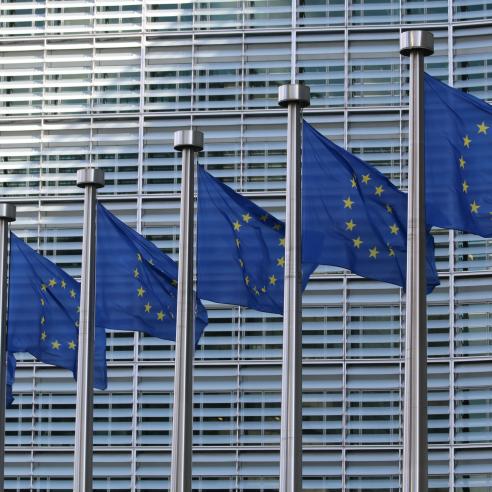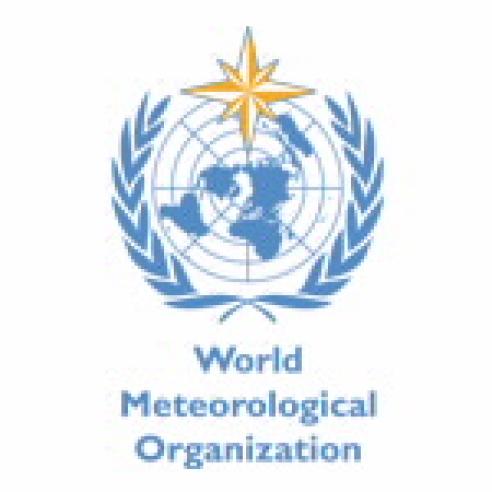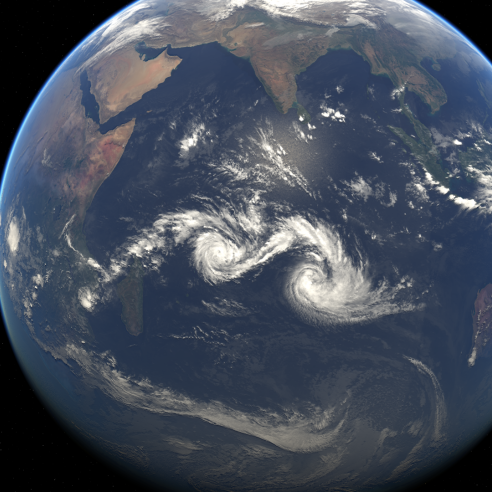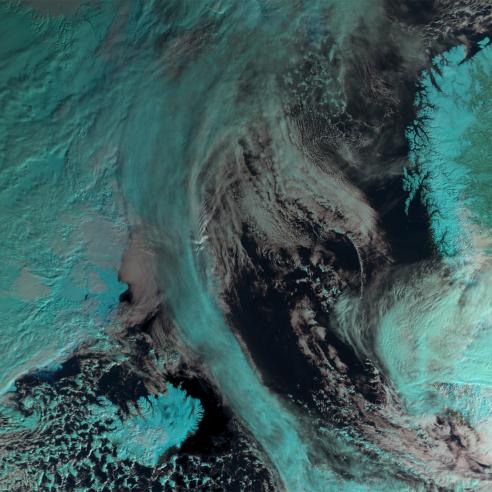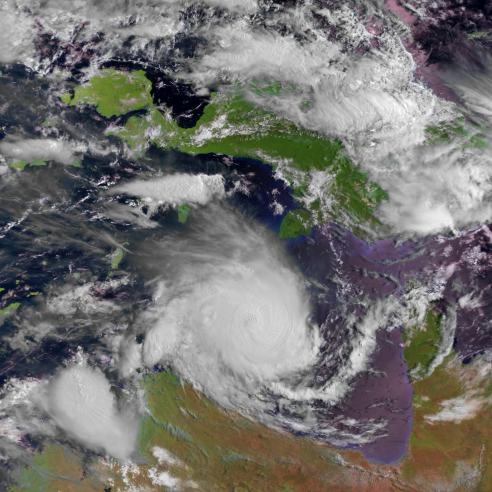13 November 2020
15 April 2020
1. Extend the user base for EUMETSAT data, products and services in EUMETSAT Member States and in WMO Members
2. Be an active partner in European and global initiatives of relevance to space-based weather, climate and environmental monitoring
From March 2015, EUMETSAT participated in three H2020 projects related to climate and CO2 monitoring: the Gap Analysis for Integrated Atmospheric Essential Climate Variable Climate Monitoring (GAIA-CLIM), the Fidelity and Uncertainty in Climate Data Records from Earth Observation (FIDUCEO) and the CO2 Human Emissions (CHE) project.
GAIA-CLIM
Consortium
The GAIA-CLIM project was coordinated by the Norwegian Nansen Environmental and Remote Sensing Centre (NERSC), Norway, which led 17 partners.
Timeframe
March 2015 – February 2018
Objective
GAIA-CLIM aimed to establish sound methods for the characterisation of satellite-based Earth Observation (EO) data by surface-based and sub-orbital measurements (non-satellite measurements). A range of visualisation and analysis tools have been developed to enable users to explore, analyse, and interact with the data, including their uncertainty provided within the Virtual Observatory (VO).
Our role
EUMETSAT led the establishment of the VO facility, which enables users to carry out comparisons of satellite-data products with non-satellite reference-quality data.
Results
GAIA-CLIM established the data with surface-based and sub-orbital measurement platforms spanning atmosphere, ocean and land observations and the entire radiance spectrum.
For more information, please visit the GAIA-CLIM website or the CORDIS project page.
FIDUCEO
Consortium
FIDUCEO was a network of 12 partners, coordinated by the University of Reading, UK.
Timeframe
March 2015 – August 2019
Objective
The aim of FIDUCEO was to build new climate datasets from Earth Observation data using a rigorous treatment of uncertainty, as conducted in metrology disciplines.
Our role
EUMETSAT activities included the development, generation and evaluation of fundamental climate data records for the Meteosat First Generation (MFG) Meteosat Visible and Infra-Red Imager (MVIRI) instrument’s visible channel and all High-resolution Infrared Radiation Sounder (HIRS) infrared channels.
The Meteosat climate data record was evaluated by applying and supporting the validation of a new scheme for simultaneous retrieval of aerosol optical thickness and surface albedo.
In addition, support was provided to link climate data records from the Advanced Very High Resolution Radiometer (AVHRR) and HIRS instruments to Sentinel data, in particular, the Sea and Land Surface Temperature Radiometer (SLSTR) instrument. EUMETSAT also supported user-requirements gathering, outreach activities and project coordination.
Results
FIDUCEO generated nine new datasets - four fundamental climate data records (FCDRs) and five climate data records (CDRs).
These datasets included traceable and defensible uncertainty and stability information as part of the data and were generated through the use of rigorous metrological standards and practices which are shared as part of FIDUCEO.
They also gave enhanced credibility to the downstream climate data that they generated, in order to support rigorous science, decision-making and climate services.
For more information, please visit the CORDIS project page .
CHE
Consortium
This project is coordinated by the European Centre for Medium Range Weather Forecasts (ECMWF), which leads a consortium of 22 beneficiaries.
Timeframe
October 2017 – December 2020
Objective
The project means to address the following scientific questions:
- Can we design a global monitoring system capable of capturing the patterns of anthropogenic CO2 emissions?
- What is needed for an inversion system to be capable of distinguishing the anthropogenic part of the CO2 budget from the natural fluxes?
- What are the key service elements of an observing and modelling system that can effectively and reliably monitor the human emissions of CO2?
The CHE project focuses on the difficulties of human CO2 emissions monitoring and proposes solutions that take practical constraints into account.
By addressing these questions, the CHE project aims to lay the foundation for a European space-borne observation capacity for CO2 by bringing together expertise, existing capacities and innovative ideas from a wide range of European and international players.
Our role
EUMETSAT contributes to the project by assessing the current state of the art in data assimilation targeting fossil fuel verification, and identifying the role of space-based products, as well as in probing the elements researched during the project for a future operational system.
For more information, please visit the project website.


